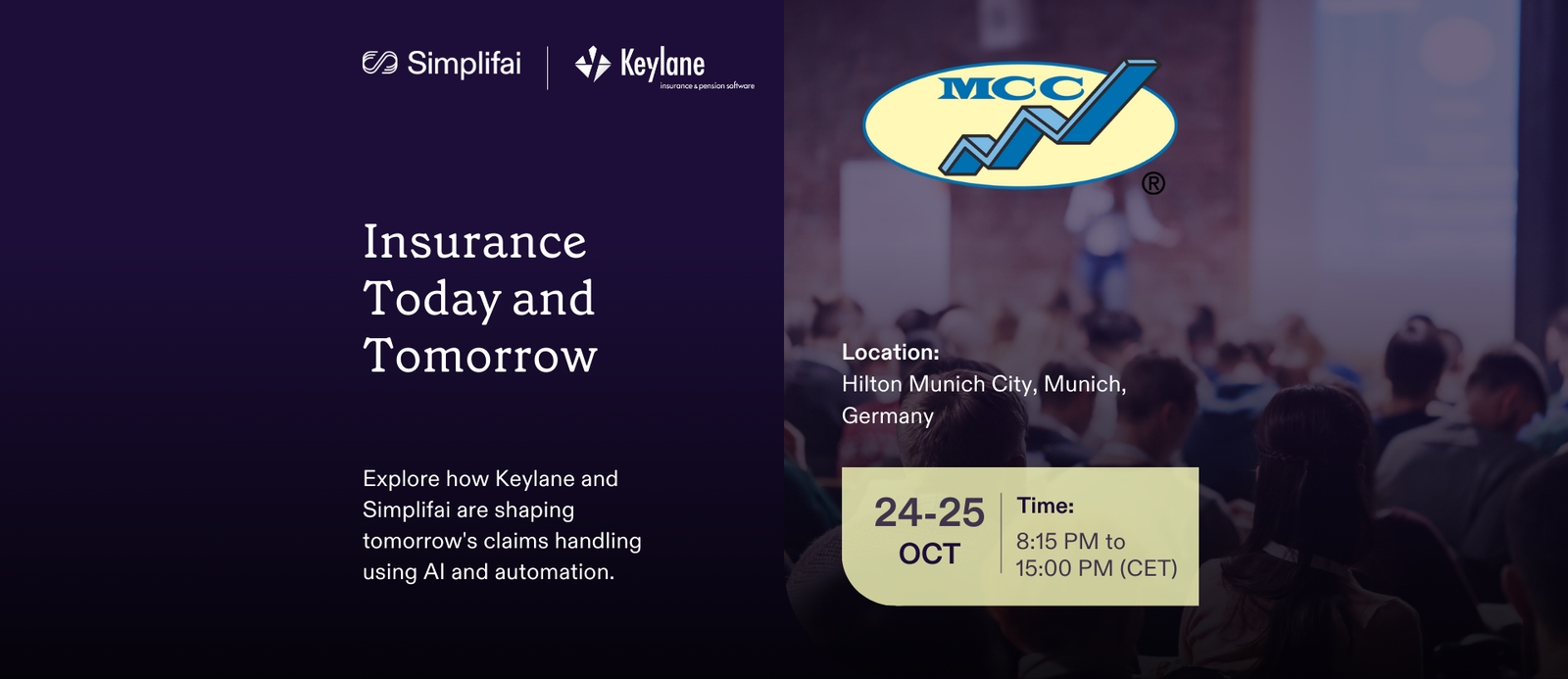A 5-point CIO plan for implementing AI-based automation in daily work operations
The need for an effective CIO plan for implementing AI.

Many studies have found that if organizations do not evolve their mindset and efforts to implement AI in their organizations, they risk creating a huge gap between themselves and other institutions that are advancing by adopting AI. And for those organizations that adopt AI, not all of them are successful. In fact, only 53% of AI projects make it from prototypes to production, which means most companies fail to implement or utilize smart systems at scale, according to Gartner [1].

This partial success rate mainly exists due to shortcomings in the deployment of AI in an organization and lack of clarity of the same among business leaders. And this is where CIOs come into the picture, as they are well-positioned to manage critical requirements for the proper implementation of Artificial Intelligence. Particularly in the BFSI industry, where AI-based process automation holds massive scope, CIOs need to transform daily workflow paradigms and demand support from the IT department for requirements about infra, platforms, and deployment.
So, as a CIO in the BFSI industry, where do you start when you have taken the decision to automate your daily work processes? This blog provides a detailed CIO plan for implementing AI or a checklist for someone in a CIO position or even for other C-level executives who have decided to choose the path of Artificial Intelligence.
Step 1 – Set clear business goals to implement AI in your BFSI organization
At least 15% of business initiatives do not take into consideration IT’s requirements, and this is clearly visible when it comes to adopting AI as per Wei Blog [2].

As a business leader, you need to clearly set business goals, and many of these might be directly associated with ongoing processes in the IT department. Your business goals can be on the business lines of generating more ROI, providing enhanced CX, reducing time and effort devoted to resolving customer inquiries, achieving robust archiving procedures, and so on. If you have decided to adopt AI to achieve these goals, take up the challenge of researching KPIs about different AI solutions and share and coordinate with different stakeholders in the company. In this way, you also will have a clear idea of the kind of AI solution to select that will match your goals.
Some of the KPIs for excellent customer success are:

Step 2 – Identifying technological roadblocks, infrastructural hurdles, and their mitigation
As per a report by Dell, about 64% of companies said that outdated legacy systems hampered the adoption of AI initiatives [2].

Many processes in the BFSI industry are built on complex systems and siloed operations, which are further linked with legacy systems [3]. This results in numerous obstacles such as a disconnect between the individual operation siloes, inadequate provision of digital customer experience, negative impact on work efficiency, and high-cost spending to fuel the legacy operations. A few more examples include the insufficiency to match rising operational efficiency and less handling capacity of communication.
Now, it might not always be practical to completely overhaul the entire infrastructure in your company, but you can certainly use specific AI solutions tailored to work in sync with legacy systems. These solutions can also work along with your existing front-end and back-end technologies. Find out what these solutions are and how they can be procured.
Step 3 – Identify the skill gap and make room for new skill development
As a CIO, you may have a question about how AI will impact some of the existing professions, especially those related to customer handling, back-end, query resolutions, and similar ones. However, do note that you need to identify the skill gap created by the increasing penetration of AI in BFSI and the subsequent need for reskilling. In fact, with rising labor costs, 75% of small-and-medium businesses and 67% of enterprise businesses are upskilling their staff to match the requirements of AI solutions integrated into business applications as per Forbes [3].

A few examples of skill gaps created are the reduction in the requirement of job profiles such as a back-office attendant, teller, accountant, loan officer, etc. And in contrast, a requirement for relatively new profiles such as AI trainer, solution developer, AI customer support executive, etc. As a CIO, you need to identify work areas where it will be necessary to upskill your employees so that they can use these new skills to handle the AI solution chosen for adoption in your BFSI organization.
Step 4 – Choose the right AI-vendor
It’s true that AI solutions for businesses exist in various types and offerings. However, for the BFSI industry, AI configured in and deployed through no-code, and low-code platforms are the most suitable for adopting AI in your finance organization. Look out for vendors who provide AI solutions that are configurable through these platforms, along with their integration into your third-party systems through RPA/API. These vendors also have qualified experts who can guide you through the process properly and help you define the scope of the application, deriving ROI and execution.
One more role to play for a CIO is to execute a proof-of-concept with the vendor chosen or with different potential vendors in your list. As per McKinsey, a properly executed PoC has been known to often showcase cost savings of about 30% or even more, thus providing you with a positive point for you to take the discussion to your company’s board of directors for decision-making [5].

Step 5 – Integration, tracking, and monitoring in a CIO plan for implementing AI
Lastly, it all comes down to how you use AI in your organization, i.e., you need to carefully monitor and track its performance. This usually happens after the AI solution chosen has been properly integrated with your systems such as email portals, document receiving and archival, CRM, web portals, and other front-end and back-end applications through RPA/API. This will bring you back to the first step when it was necessary to set certain KPIs for implementing AI-based Intelligent Process Automation in daily work operations.
In a nutshell, for the successful deployment of an AI project, BFSI businesses must adhere to the below-mentioned plan.

By following these steps, CIOs and C-level executives can play an important role of a leader and make process automation powered by AI work wonders in their organization. As a business leader, you can usher in digital transformation in your organization and, eventually in the BFSI industry.
Before getting started with Intelligent Process Automation powered by AI, you should have an idea of what can be automated and what cannot be. In terms of streamlining operational processes, fetching healthy ROI, and reducing time, cost, and effort spent, it is highly recommended to automate processes that are repetitive and time-consuming in nature.
Key examples include resolving customer inquiries in banks, handling large email volumes, processing claims in insurance companies, resolving policy requests, archiving documents and emails, underwriting management, etc.
Sources:
[2] https://blog.wei.com/implementing-ai-a-cios-checklist-for-success


